Future Trends in Precast Concrete Technology
Precast concrete technology has significantly evolved over the years, enhancing its role in structural engineering. As construction continues to face challenges such as sustainability, labor shortages, and the demand for faster project completion, the future trends in precast technology are poised to redefine the way structures are designed and built. This article delves into the emerging trends that are shaping the landscape of precast concrete technology.
1. Advancements in Material Science
One of the foremost trends in the precast concrete industry is the development of advanced materials. Innovations in concrete mixtures, such as high-performance concrete (HPC) and self-compacting concrete (SCC), are becoming increasingly common. These materials offer enhanced durability, reduced permeability, and superior mechanical properties.
Furthermore, the integration of additives like graphene and carbon nanotubes is enhancing the strength-to-weight ratio. Such advancements contribute to thinner precast elements, which not only save material but also facilitate easier handling and transportation. Structural engineering will benefit from these materials, allowing for new forms and lighter structures without compromising on safety.
2. Adoption of Digital Technology
2.1 Building Information Modeling (BIM)
The incorporation of Building Information Modeling (BIM) in precast concrete technology is revolutionizing the industry. BIM allows engineers and architects to create precise 3D models that facilitate better visualization and coordination of projects. It improves collaboration among stakeholders, reduces errors, and optimizes resource management.
2.2 Automation and Robotics
Automation is another significant trend impacting the precast industry. Robotic systems are increasingly being used for tasks such as fabrication, assembly, and quality control. Automated processes can enhance precision and reduce labor costs. The future of precast technology will likely see more integration of robotics, leading to faster and more predictable project timelines.
3. Sustainable Practices
With growing awareness of environmental issues, sustainable practices are becoming a central focus in precast concrete production. The adoption of recycled materials in concrete mixes is gaining traction. Manufacturers are using waste materials such as fly ash, slag, and recycled aggregates, which not only improves sustainability but also reduces the carbon footprint of concrete production.
Additionally, the implementation of energy-efficient production methods, such as curing techniques that consume less energy, is gaining importance. These sustainable practices are essential for meeting regulations and the increasing demand for green building certifications.
4. Modular Construction
Modular construction, where components are prefabricated and assembled on-site, is one of the most significant trends in precast technology. This approach promotes efficiency in building processes and significantly reduces construction time. Precast elements like walls, floors, and façades can be manufactured in controlled environments, minimizing weather-related delays.
Structural engineering is evolving to support modular designs. The trend emphasizes flexibility in design while ensuring compliance with building codes and safety standards. The ability to produce modular precast components allows for scalability and adaptability in various construction projects.
5. Improved Logistics and Transportation
As precast elements become larger and more complex, logistics and transportation have become critical components of the supply chain. Advances in transportation technology, including GPS tracking and route optimization software, are enabling companies to better manage the logistics of precast components.
Furthermore, innovations in lifting and handling equipment facilitate the transportation of these heavy components. Improved logistics lead to reduced project delays and enhance overall efficiency in the precast concrete industry.
6. Enhanced Design Flexibility
The future of precast concrete technology is marked by enhanced design flexibility. Innovations in formwork and casting techniques allow for greater creativity in architectural designs. Facades can incorporate intricate designs and varied textures, which adds aesthetic value to structures.
This trend aligns with the increasing demand for personalized and unique buildings. Structural engineers and architects can collaborate more efficiently to create visually appealing designs that meet specific project needs.
7. Smart Technologies Integration
With the rise of the Internet of Things (IoT), smart technologies are gradually being integrated into precast concrete systems. Sensors embedded in precast elements can monitor structural health, track environmental conditions, and provide data on performance throughout the structure’s lifecycle.
Such technology enhances safety and enables proactive maintenance. Engineers can gain real-time insights into a building’s performance, allowing for timely interventions before issues escalate.
8. 3D Printing and Additive Manufacturing
3D printing is emerging as a complementary technology to traditional precast methods. While still nascent, its potential to create customized components efficiently is noteworthy. Additive manufacturing allows for innovative designs that were previously too complex or cost-prohibitive to produce with conventional methods.
In the future, we may witness a blend of 3D printing and precast technology, where printed forms serve as molds for precast elements. This could lead to faster and more resource-efficient construction processes.
9. Regulatory and Standardization Measures
As precast technology advances, regulatory frameworks and standardization will evolve to ensure safety and quality. Organizations are beginning to recognize the need for uniform standards that encompass new materials, methods, and technologies. Such regulations are essential for fostering innovation while ensuring public safety.
Continued collaboration between industry stakeholders and regulatory bodies will help create frameworks that encourage the adoption of sophisticated precast technology without compromising on quality or safety.
10. Conclusion
Precast concrete technology is on the brink of transformative changes that will redefine the field of structural engineering. As advancements in materials, automation, sustainability, and digital technologies continue to emerge, the industry is poised for significant growth.
The integration of smart technologies and the adaptation of modular and 3D printing concepts promise to enhance efficiency, design flexibility, and sustainability. As we move forward, it is crucial that stakeholders embrace these trends and adapt to the evolving landscape of precast technology, ensuring that they meet the demands of modern construction.
Author: STAFF HERE HILTON HEAD
The HILTON HEAD STAFF WRITER represents the experienced team at HEREHiltonHead.com, your go-to source for actionable local news and information in Hilton Head Island, Beaufort County, and beyond. Specializing in "news you can use," we cover essential topics like product reviews for personal and business needs, local business directories, politics, real estate trends, neighborhood insights, and state news affecting the area—with deep expertise drawn from years of dedicated reporting and strong community input, including local press releases and business updates. We deliver top reporting on high-value events such as the RBC Heritage golf tournament, Hilton Head Island Wine & Food Festival, and the Gullah Celebration. Our coverage extends to key organizations like the Hilton Head Island-Bluffton Chamber of Commerce and Community Foundation of the Lowcountry, plus leading businesses in tourism and hospitality that power the local economy such as Sea Pines Resort and Sonesta Resort Hilton Head Island. As part of the broader HERE network, including HEREAiken.com, HEREBeaufort.com, HEREChapin.com, HERECharleston.com, HEREClinton.com, HEREColumbia.com, HEREGeorgetown.com, HEREGreenwood.com, HEREGreenville.com, HEREHiltonHead.com, HEREIrmo.com, HEREMyrtleBeach.com, HERENewberry.com, HERERockHill.com, and HERESpartanburg.com, we provide comprehensive, credible insights into South Carolina's dynamic landscape.







